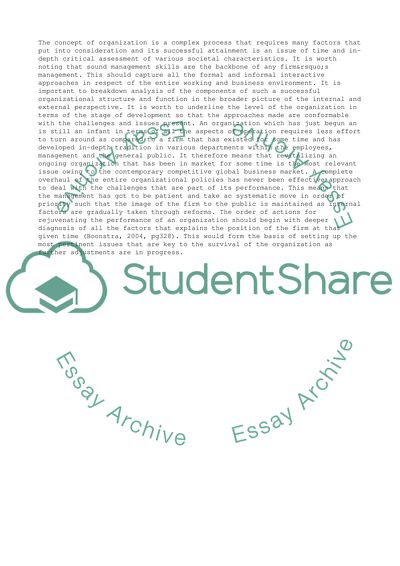Cite this document
(“Importance of Radical Change in Management Practices Assignment”, n.d.)
Importance of Radical Change in Management Practices Assignment. Retrieved from https://studentshare.org/management/1618758-peter-browning-and-continental-white-cap-case-study
Importance of Radical Change in Management Practices Assignment. Retrieved from https://studentshare.org/management/1618758-peter-browning-and-continental-white-cap-case-study
(Importance of Radical Change in Management Practices Assignment)
Importance of Radical Change in Management Practices Assignment. https://studentshare.org/management/1618758-peter-browning-and-continental-white-cap-case-study.
Importance of Radical Change in Management Practices Assignment. https://studentshare.org/management/1618758-peter-browning-and-continental-white-cap-case-study.
“Importance of Radical Change in Management Practices Assignment”, n.d. https://studentshare.org/management/1618758-peter-browning-and-continental-white-cap-case-study.


